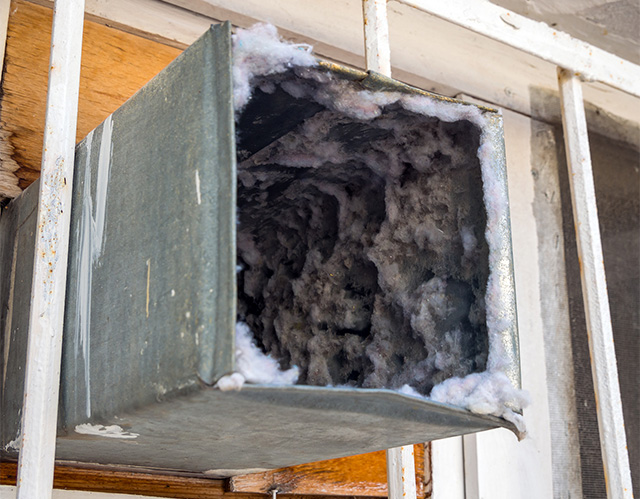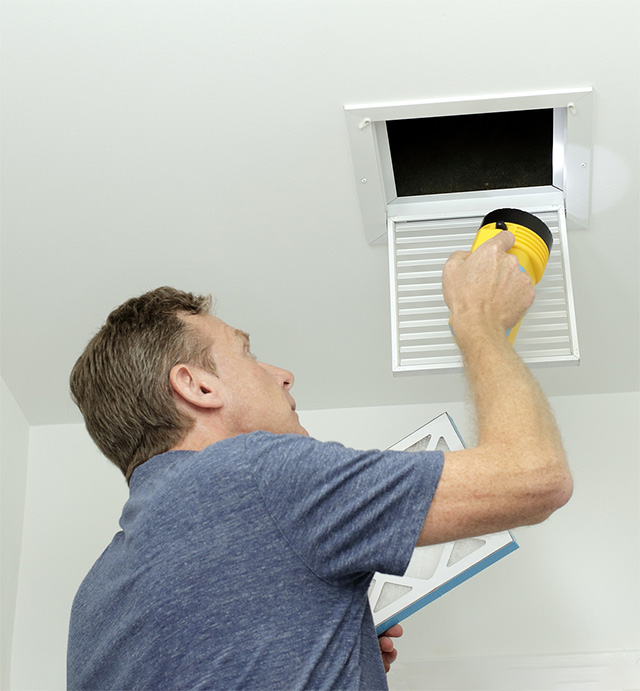Set An Appointment
Air Quality Testing
In the metropolitan area, it is easy to think that our indoor air quality is better than outside. However, it is not uncommon for the air quality in your home to be worse than outside. There are a number of factors that contribute to this. Home inspections are for more than just buying and selling. They can also be important for improving your home’s longevity, and your family’s quality of life.
Signs of Poor Indoor Air
There can be a number of signs that the air in your home could be in a poor condition. Noticeably stale or stuffy air is a common factor for many homes. Unusual or lingering odors can be a sign of poor airflow. Dirty HVAC equipment can be a sign that your filters are being overwhelmed by poor air quality. General feelings of being able to breathe easier outside of your home can also be a good sign that your home doesn’t have proper ventilation.

Remodeling your Home and Ventilation Issues
Many remodels can limit ventilation, can create particulates that can clog air filters. When remodeling the home, consider getting an air quality inspection before the renovation. This will help you identify problem areas in your home’s airflow and quality. Additionally, look for materials for the renovation that can limit air hazards in the future. Some wood products are treated with formaldehyde, which can be detrimental to one’s health. Consider shopping for wood products with little to no formaldehyde. Older appliances can also create a number of issues for your indoor air, especially with poor ventilation. Consider upgrading older or faulty appliances.

Common Sources of Air Quality Issues
1.) Moisture is a common source of reduced air quality in the home. Mold and mildew growth from moisture can create health and safety hazards in the home. Left unchecked, moisture problems in the home can also lead to severe structural damage.
2.) Dander and waste from pets can also contribute to air quality issues in the home. Particulates from your pet can enter the ventilation system and clog up your air filters. This can reduce the effectiveness of your vent system, and reduce the quality of air in your house. Additionally, insects and other pests can contribute to worse air quality in a similar way.
3.) Smoking can severely reduce the quality of air in your home. cigarette smoke can become trapped in porous surfaces and remain to create further issues. Smoke and ash can also weaken the effectiveness of your ventilation systems.
4.) Certain household products require proper ventilation to be used safely. Because of this, some household products may be contributing to poor indoor air conditions in your home.
5.) Poor ventilation on gas-burning ovens, stoves, and other appliances can also contribute to worse quality in the home.
6.) Lead and asbestos, more commonly found in older homes, can have a severe detriment to the health of all those living in that home, and particulates can be found in the air.
7.) Radon is a naturally occurring radioactive gas that can contaminate your air and drinking water. It contributes to poor air overall, and can create seriously detrimental health conditions, like an increased risk of cancer. You can’t see or smell radon gas, so the only way to detect if it’s present is to test for it. For more information on radon in the home, visit the CDC page here.
